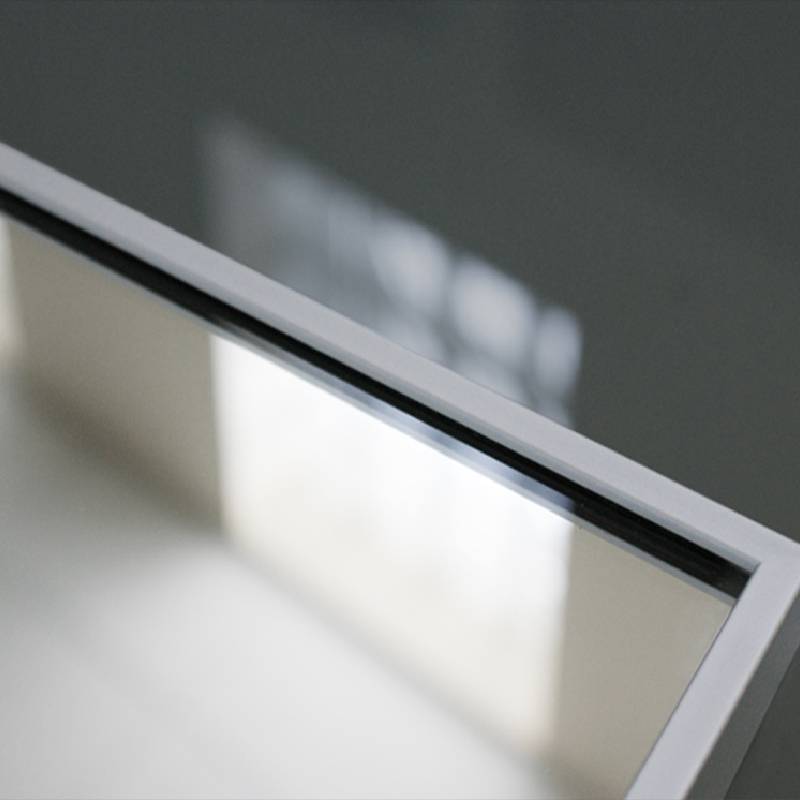

High Solar Gain Low E Glass A Sustainable Solution for Modern Architecture
In the realm of modern architecture, the quest for energy efficiency and sustainable building materials has led to the increasing adoption of high solar gain low emissivity (Low E) glass. This innovative glazing technology plays a pivotal role in both residential and commercial buildings, dramatically improving the energy performance of structures while enhancing aesthetic appeal.
Understanding Low E Glass
Low E glass is a type of energy-efficient glazing that has been coated with a thin layer of metal oxide. This coating is virtually invisible to the naked eye but significantly impacts the way the glass interacts with heat and light. The low emissivity aspect specifically refers to the glass’s ability to reflect infrared energy while allowing visible light to pass through. This characteristic results in a dual benefit it retains energy indoors and reduces heating requirements while allowing natural light to illuminate interior spaces.
The Advantage of High Solar Gain
The term “high solar gain” refers to the glass’s ability to admit a large amount of solar energy. When coupled with Low E technology, high solar gain glass effectively balances light transmittance and heat retention. This capability is particularly valuable in colder climates, where maximizing the amount of solar heat absorbed during the day can significantly reduce heating costs. By allowing more sunlight to penetrate indoor spaces, buildings can remain warm and inviting without relying heavily on traditional heating systems.
Energy Efficiency and Sustainability

One of the primary reasons architects and builders are turning to high solar gain low E glass is its contribution to energy efficiency. Buildings incorporating this glazing can achieve substantial reductions in energy consumption. According to various studies, the use of high solar gain low E glass can decrease heating energy use by as much as 30%. This not only leads to lower utility bills for occupants but also contributes to reducing a building's overall carbon footprint.
Moreover, the environmental benefits extend beyond energy savings. By utilizing natural daylight, buildings can minimize their reliance on artificial lighting, further decreasing energy consumption. This synergy between natural resources and energy efficiency makes high solar gain low E glass an attractive choice for eco-friendly building practices.
Enhancing Comfort and Aesthetics
Beyond its energy-saving capabilities, high solar gain low E glass offers aesthetic advantages that enhance the occupant experience. The clarity and transparency of such glass create bright, open spaces that connect interior and exterior environments. With the ability to filter harmful UV rays while still allowing abundant natural light, occupants benefit from well-lit spaces without the associated risks of fading furnishings and artworks.
Additionally, the thermal performance of high solar gain low E glass provides improved comfort levels within buildings. By maintaining more stable indoor temperatures, occupants experience fewer drafts and cold spots, leading to a more pleasant living or working environment.
Conclusion
High solar gain low E glass stands at the forefront of sustainable building technologies, delivering a myriad of advantages that address the growing demand for energy efficiency and environmental responsibility in architecture. By optimizing natural light and thermal performance, this innovative glazing solution not only enhances the comfort and beauty of spaces but also significantly reduces energy costs and carbon emissions. As architects and builders continue to embrace sustainable practices, high solar gain low E glass will undoubtedly play a central role in shaping the landscapes of our future. Embracing this technology not only reflects a commitment to sustainability but also contributes to the creation of buildings that are truly in harmony with their environments.